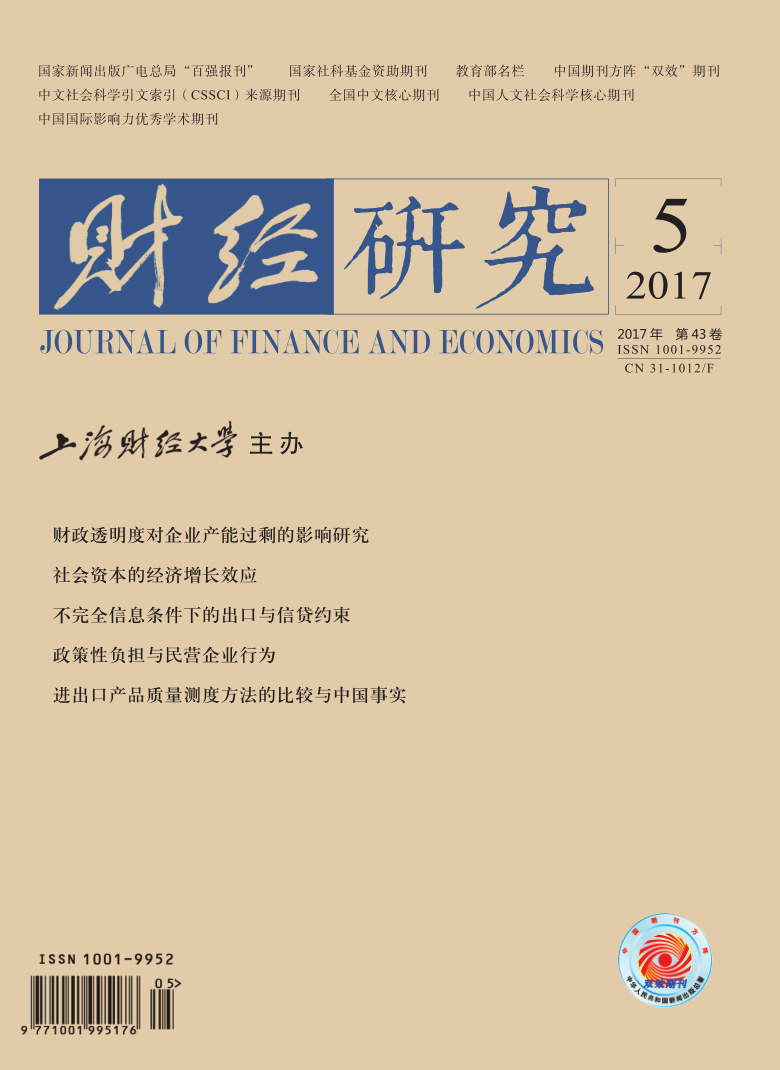This paper examines why credit constraints for domestic and exporting firms arise in a setting where banks do not observe firms' productivities. To maintain incentive compatibility, banks lend below the amount that firms need for optimal production. The longer time needed for export shipments induces a tighter credit constraint on exporters than on purely domestic firms. In our application to Chinese firms, we find that the credit constraint is more stringent as a firm's export share grows, as the time to ship for exports is lengthened, and as there is greater dispersion of firms' productivities, reflecting more incomplete information.
 / Journals / Journal of Finance and Economics
/ Journals / Journal of Finance and EconomicsJournal of Finance and Economics
LiuYuanchun, Editor-in-Chief
ZhengChunrong, Vice Executive Editor-in-Chief
YaoLan BaoXiaohua HuangJun, Vice Editor-in-Chief
Exports and Credit Constraints under Incomplete Information: Theory and Evidence from China
Journal of Finance and Economics Vol. 43, Issue 05, pp. 44 - 64 (2017) DOI:10.16538/j.cnki.jfe.2017.05.004
Abstract
References
Abstract
Cite this article
Robert C. Feenstra, Li Zhiyuan, Yu Miaojie. Exports and Credit Constraints under Incomplete Information: Theory and Evidence from China[J]. Journal of Finance and Economics, 2017, 43(5): 44–64.
Export Citations as:
For
ISSUE COVER
RELATED ARTICLES




 8069
8069  6233
6233

